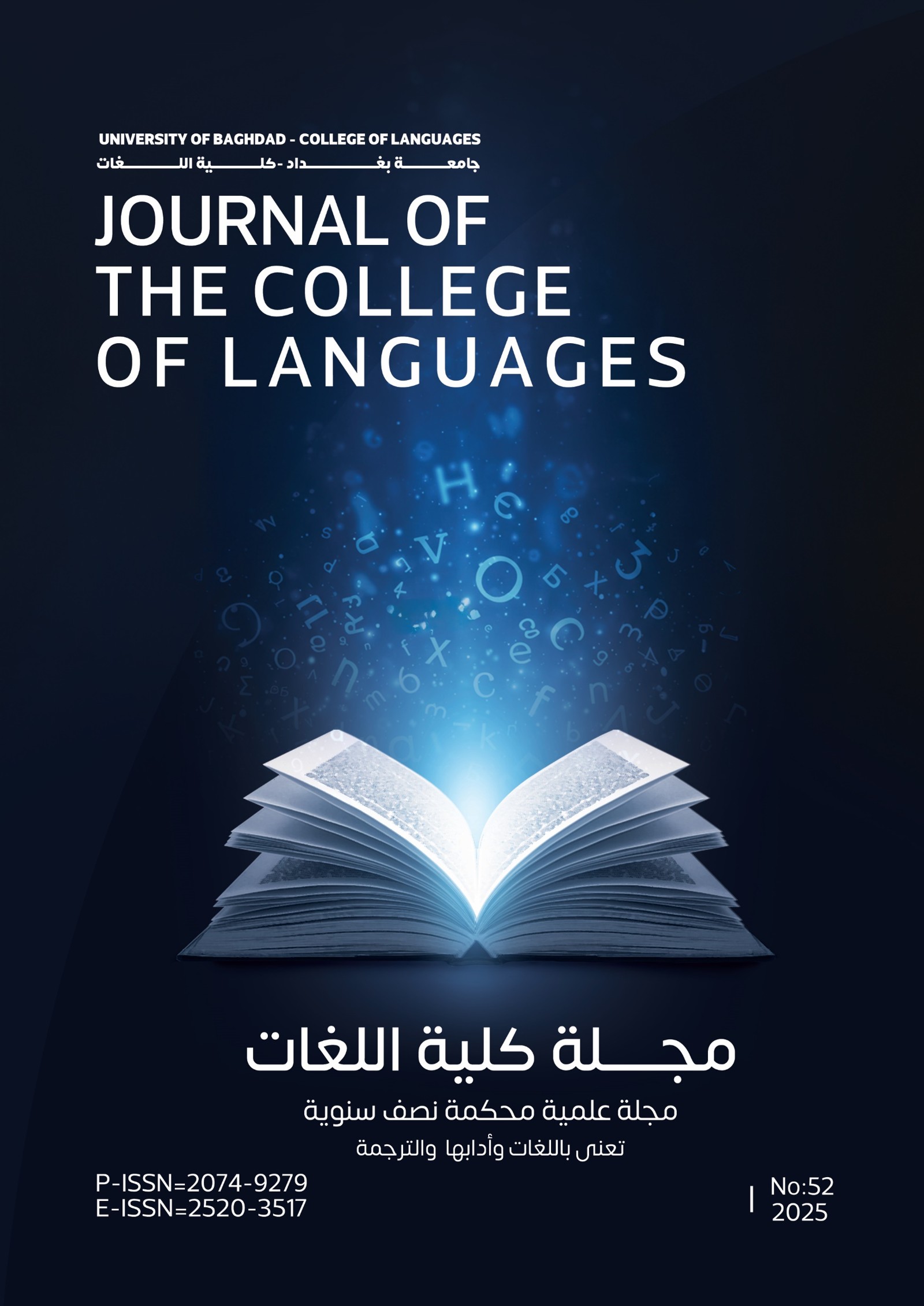Some Reflections on the Semantic Changes of Neos Creativity
Keywords:
Neologisms, semantic change, metaphorical expansion, phases, x-phemisimsAbstract
Various semantic innovations and expansions have been tackled as factors and sources of neos. A variety of internal (linguistic) and external (extra-linguistic) motives and motifs leads to the appearance of new terms causing such changes in the political language. Some statesmen are productive in introducing new terms and creative in manipulating expressions and meanings.
New words are nonces that get metaphorical expansion for quadrilateral motivations resting on extra meaning innovation, new terms at the semantic expansions to be honed as neos. In tracing the phases of the semantic processes of neos and hulks, lexical and semantic changes might be of widening or narrowing of referential meaning; or of ameliorating or pejorating the expression force power. Bleaching of the existed word meanings might be prestigious or for a linguistic need.
As a lexical phenomenon, neos pass through four phases to be recognised and linguistically established. The phases, being of multi-dimensional facets, might be tabulated into: the creation of unstable protogism, of idiosyncratic diffused neolexia, of neos and pseudo-neos staielogicity, and of neos neologestic documentation being the last stage and a condition to deem a neo as an entity.
Neos might rise up out of hapaxes being a rare or weird adhoc words by an imaginative speaker, metaphors that entail extension in the word meaning providing L-users with a rich source of valuable expressions to convey their ideas efficiently, retronyms being an extension of an old word to distinguish it from a new one, and nonces accidental purpose to solve an immediate problem.
The sketch of analysis would be interpreted into three stages: the axiomatic, the procedure and the valuation of data. To prove the thesis of the study, an eclectic model is adopted. The analysis of the data has been done in regard with the four phases for a new-built word to be incorporated into lexicons. The MLA Style for Humanities of citation will be endorsed, in-texts and for works cited.







